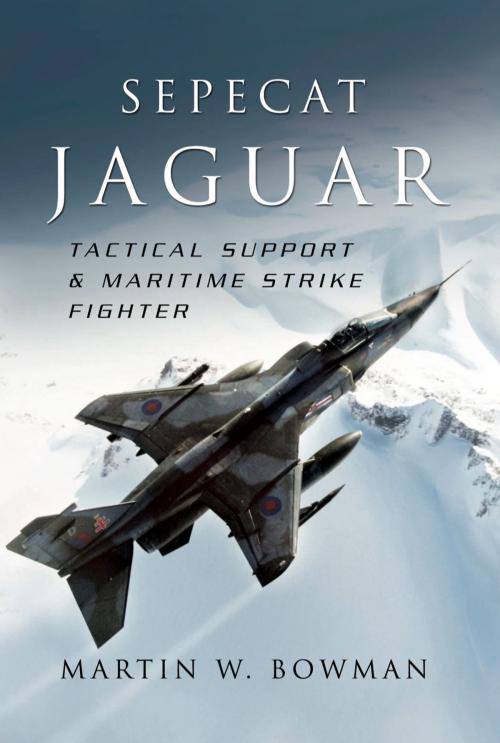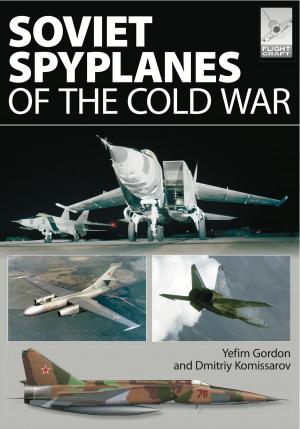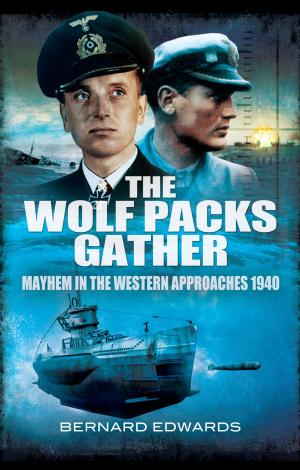| Author: | Martin Bowman | ISBN: | 9781473878518 |
| Publisher: | Pen and Sword | Publication: | May 17, 2007 |
| Imprint: | Pen and Sword Aviation | Language: | English |
| Author: | Martin Bowman |
| ISBN: | 9781473878518 |
| Publisher: | Pen and Sword |
| Publication: | May 17, 2007 |
| Imprint: | Pen and Sword Aviation |
| Language: | English |
This versatile, rugged aircraft was a joint Anglo/French project and first flew in September 1968, becoming operational with both the RAF and Armèe del'Air in 1972/3. The Jaguar's multi-role design made it easy to adapt for the ground-attack, reconnaissance, interceptor and maritime strike roles. It has a top speed of Mach 0 .9 and a combat radius of 875 miles and is powered by two Rolls-Royce/Turbomèca Adour reheated turbojets. A total of 325 single-seat and 75 two-seat trainer aircraft were produced for the RAF and French air forces and a few Jaguars were still in RAF service in the early part of the 21st Century pending replacement by the Eurofighter Typhoon. Many of the Jaguar pilot's first hand accounts recall their involvement in war and peace. The aircraft was used extensively by both the RAF and French air forces in the Gulf War in 1991 and in eastern European conflicts where the aircraft distinguished itself as reliable and potent. Jaguar Internationals have been exported to Ecuador, Nigeria and Oman and also India, which continues indigenous production. Jaguars continue to serve with the Indian Air Force and the Royal Air Force of Oman.
21 Colour Profiles by Dave Windle
Mono Photos: 73
Colour Photos:132
This versatile, rugged aircraft was a joint Anglo/French project and first flew in September 1968, becoming operational with both the RAF and Armèe del'Air in 1972/3. The Jaguar's multi-role design made it easy to adapt for the ground-attack, reconnaissance, interceptor and maritime strike roles. It has a top speed of Mach 0 .9 and a combat radius of 875 miles and is powered by two Rolls-Royce/Turbomèca Adour reheated turbojets. A total of 325 single-seat and 75 two-seat trainer aircraft were produced for the RAF and French air forces and a few Jaguars were still in RAF service in the early part of the 21st Century pending replacement by the Eurofighter Typhoon. Many of the Jaguar pilot's first hand accounts recall their involvement in war and peace. The aircraft was used extensively by both the RAF and French air forces in the Gulf War in 1991 and in eastern European conflicts where the aircraft distinguished itself as reliable and potent. Jaguar Internationals have been exported to Ecuador, Nigeria and Oman and also India, which continues indigenous production. Jaguars continue to serve with the Indian Air Force and the Royal Air Force of Oman.
21 Colour Profiles by Dave Windle
Mono Photos: 73
Colour Photos:132















